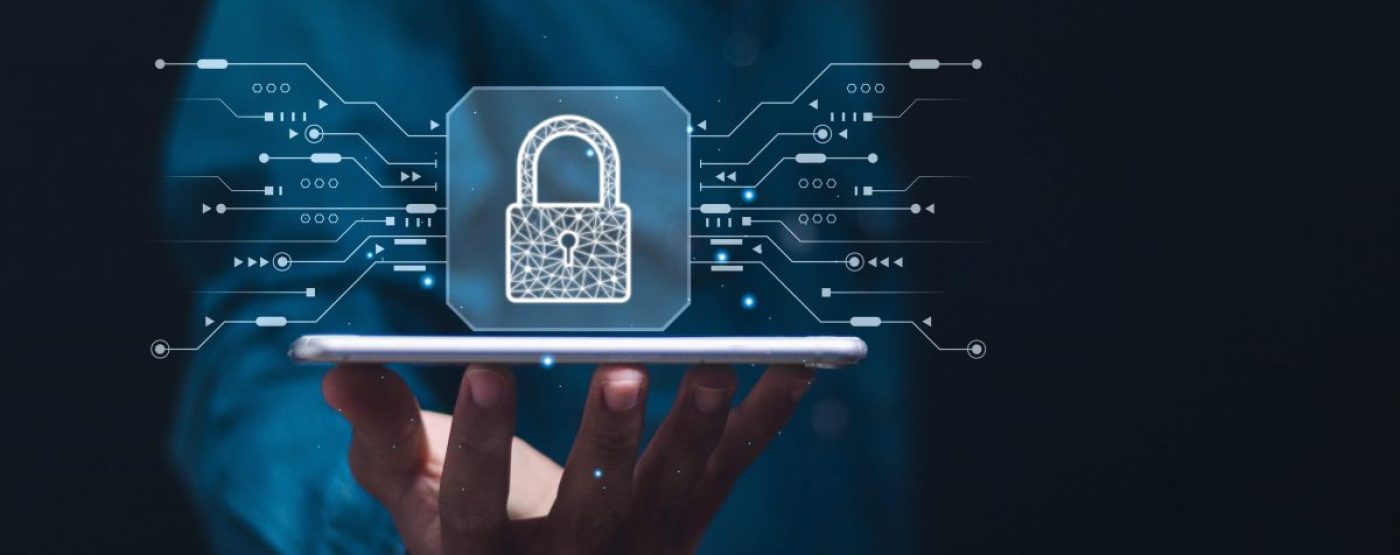
Modern societies need cyber hygiene practices to match the importance of personal hygiene routines. Human and business practices working to protect digital spaces against cyber threats are defined as cyber hygiene. People protect themselves from data breaches malware and identity theft by practising the same approach as personal hand hygiene does toward illness prevention. Businesses together with individual users remain prone to cyberattacks because they do not adopt proper security systems despite existing awareness programmes.
Virtual criminals steadily develop new schemes through which they exploit inadequate security practices to steal sensitive information. People and organisations at any level must follow stringent cyber safety protocols because digital security is an absolute requirement. What several actions should you adopt to sustain this crucial system? Let’s explore.
The digital environment contains numerous cyberspace threats. The following problems emerge from insufficient cyber hygiene practices:
Keeping software updated is crucial for preventing cyber threats. Outdated systems expose networks to attacks, making regular updates essential. Automating software updates for operating systems, antivirus, and applications strengthens security, reducing vulnerabilities. This approach is vital for healthcare IT and other data-sensitive industries to prevent breaches.
Electronic attacks against systems start mainly because of weak passwords. Having a powerful password policy serves as the main protection mechanism against unauthorised access to accounts. Best practices include
The use of password managers provides users with a secure method to store their passwords.
Interfaces that provide public WiFi connections demonstrate substantial security vulnerabilities to network users. Public networks allow hackers to intercept data which transforms them into dangerous locations for handling sensitive information. To prevent data interception:
Businesses must provide employees with secure remote access because it preserves a protected digital workspace while stopping unauthorised data exposure.
A workforce with complete security knowledge is the primary defence mechanism against cyber threats. The training programme provides employees with the necessary knowledge to detect and neutralise potential cyber threats. Training should cover:
Cyber hygiene is essential for all employees, regardless of their working hours. Part-time employees often have the same access to sensitive company data as full-time staff, making them potential targets for cyber threats. Ensuring that every employee follows strict security measures is crucial for maintaining a secure workplace. For further insights into why cybersecurity applies to all employees, check out this detailed guide on, How Cyber hygiene applies to all employees, regardless of their working hours.
The network maintains every single device which hackers can exploit as entry points to launch attacks. Firms need to impose endpoint security controls which should include
The protection of large confidential data volumes becomes essential for many industries such as IT Support for healthcare companies becomes a mandatory aspect in terms of services and management purposes. Enterprise endpoint security deployments protect client's data and business assets from computer hacker incursions.
Two main causes of data loss include cyberattacks and system failures together with accidental file erasure. Three copies of data stored between two separate media types while having one backup located offsite represents the 3-2-1 backup strategy for disaster recovery purposes.
Cloud storage solutions serve as an extra security measure for business environments. Organisations preserve their business operations while protecting fundamental data from permanent destruction through frequent data backups.
The efficient operation of digital systems employed by IT support for hiring depends on the safe processing and preservation of applicant data. The organisation may suffer financial and reputational consequences if inadequate cyber practices compromise the security of stored candidate information.
Despite awareness programs, human errors lead to cyberattacks. Key mistakes include
Every individual along with businesses needs proper cyber hygiene for digital asset protection. Minimisation of security risks requires businesses to implement two key elements. Firstly these include periodic system updates coupled with robust password practices. Secondly, businesses require network defence solutions and cybersecurity education for their personnel.
The implementation of cyber hygiene best practices will boost security and minimise system vulnerabilities together with protecting your business from current and emerging cyber dangers.
Upgrade Your Cyber Hygiene Strategy
Is your business prepared for evolving cyber threats? Strengthen your security with Renaissance’s cutting-edge IT solutions. Book a Consultation.